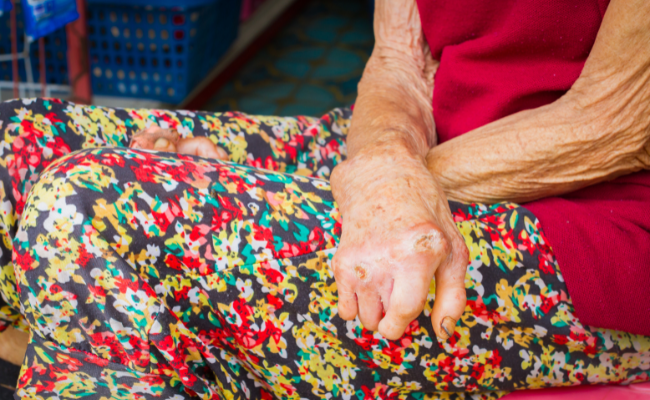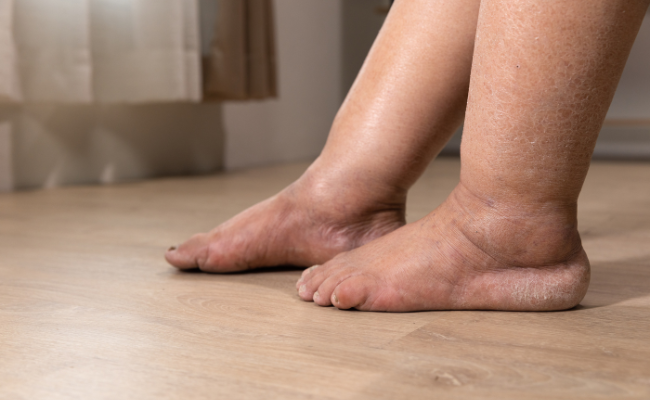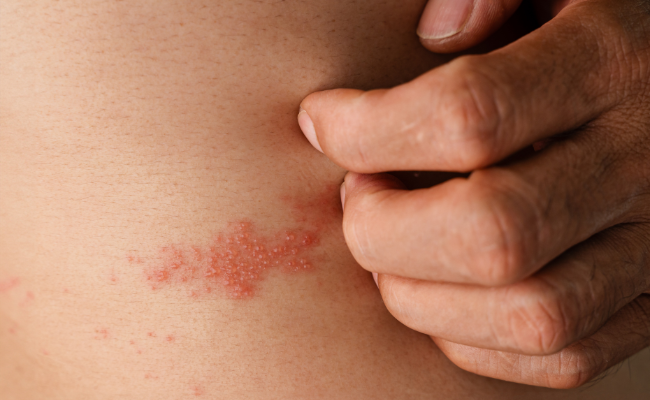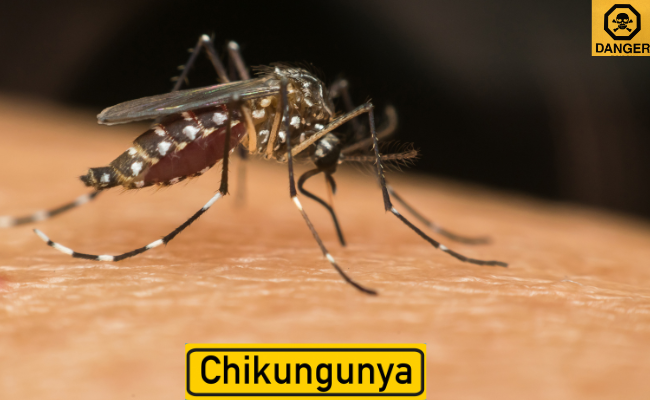How to Treat Monkey Pox?
- September 27, 2023
- No Comments
What is Monkeypox?
Monkeypox, akin to smallpox in early symptoms, emerged in 1958 during monkey research outbreaks, primarily affecting Central and West Africa, with sporadic global cases. Mpox, its counterpart, manifests as a rare viral illness with flu-like symptoms, chiefly in African regions but sporadically worldwide. It features fever, chills, and a persistent rash. Notably, no specific treatment exists for mpox, but it usually resolves spontaneously.
Why is Monkeypox a Concern?
- Monkeypox is a concern due to its potential to cause outbreaks and its similarity to smallpox, which has been eradicated but could pose a threat if reintroduced.
- While monkeypox is usually less severe than smallpox, it can still lead to serious illness in some cases.
- The virus can cause a range of symptoms, including fever, headache, muscle aches, backache, swollen lymph nodes, chills, and exhaustion.
- A characteristic rash often develops, which progresses to pustules and can be quite painful.
- Human-to-human transmission of monkeypox occurs primarily through respiratory droplets, direct contact with skin lesions, or contaminated objects such as clothing or bedding.
- Although rare, monkeypox can be fatal, especially in individuals with weakened immune systems.
How to Treat Monkeypox?
Treating monkeypox involves managing symptoms, preventing complications, and isolating the infected person to prevent further transmission. Here are the steps involved in treating monkeypox:
- Isolation: The first step in treating monkeypox is to isolate the infected person to prevent the spread of the virus to others. This involves placing the individual in a separate room with good ventilation and using infection control measures to reduce the risk of transmission. Healthcare workers should wear appropriate personal protective equipment (PPE) when caring for the patient.
- Supportive Care: Monkeypox treatment primarily involves supportive care to alleviate symptoms and help the patient recover. This includes administering pain relievers for fever and pain, maintaining adequate hydration, and ensuring proper nutrition. Rest is also essential for recovery.
- Antiviral Medications: While there are no specific antiviral medications approved for monkeypox, some antiviral drugs, such as cidofovir and brincidofovir, have shown promise in laboratory studies and may be considered in severe cases. However, their efficacy in treating monkeypox in humans is still being studied.
- Secondary Infections: Monkeypox lesions can become infected with bacteria. In such cases, antibiotics may be prescribed to treat the secondary bacterial infection.
- Pain Management: The rash and pustules associated with monkeypox can be painful. Pain management strategies, such as topical creams or oral medications, can help alleviate discomfort.
- Preventing Complications: Patients with monkeypox may be at risk of complications, such as pneumonia. Monitoring for these complications and providing appropriate medical care is essential to ensure a full recovery.
Treatment Solutions
- Vaccination: The most effective way to prevent monkeypox is through vaccination. The smallpox vaccine has been used to protect against monkeypox, as the two viruses are closely related. The smallpox vaccine provides cross-protection against monkeypox and has been used in outbreaks in Africa to control the spread of the disease.
- Isolation and Infection Control: Isolating infected individuals and implementing strict infection control measures in healthcare settings are crucial to prevent further transmission of monkeypox. This includes wearing appropriate PPE and practicing good hand hygiene.
- Education and Public Health Measures: Public health authorities play a vital role in controlling monkeypox outbreaks. They provide education to the public and healthcare workers on preventive measures, early recognition of symptoms, and reporting suspected cases. Rapid identification and isolation of cases can help contain the spread of the virus.
- Contact Tracing: Identifying and monitoring individuals who have been in close contact with confirmed monkeypox cases is essential to prevent further transmission. Contacts may be quarantined and monitored for symptoms.
Benefits of Treating Monkeypox
- Reducing Transmission: Prompt treatment and isolation of monkeypox cases can significantly reduce the risk of transmission to others. This is crucial in preventing outbreaks and limiting the spread of the virus.
- Symptom Relief: Supportive care measures can alleviate the discomfort and pain associated with monkeypox symptoms, improving the patient's quality of life during recovery.
- Preventing Complications: Early detection and treatment can help prevent complications, such as bacterial infections or pneumonia, which can arise during the course of the illness.
- Protecting Vulnerable Populations: By treating monkeypox cases and implementing preventive measures, vulnerable populations, such as individuals with weakened immune systems, are better protected from severe illness or complications.








.jpg)


Comments (0)
No comments yet